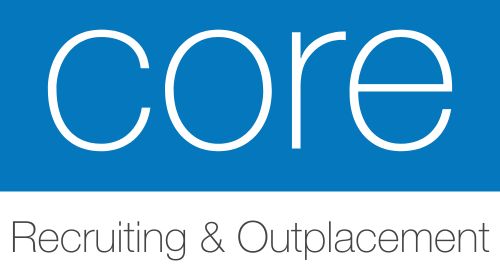As the world of work continues to evolve, several emerging trends in workforce management are shaping the future landscape for businesses and employees alike.
These trends reflect the shifting priorities and needs of the modern workforce, influenced by technological advancements, changing societal norms, and the ongoing impact of the global pandemic.
Below, we explore some key trends that are likely to dominate workforce management in the near future.
Remote and Hybrid Work Models: The COVID-19 pandemic accelerated the adoption of remote work, and many organizations were exploring hybrid work models that combine in-person and remote work. HR professionals were focusing on creating policies and strategies to support remote and hybrid work arrangements.
Gig Work Goes Mainstream: The gig economy is expanding beyond traditional service industries, with a rise in skilled workers engaging in gig work. By 2027, it’s predicted that the gig workforce might surpass full-time employment. This trend is driven by the increasing demand for flexibility and autonomy in work, as well as businesses seeking to address labor shortages and economic challenges.
Technology and Automation: HR technology, including artificial intelligence and automation, was being increasingly used for tasks such as recruitment, onboarding, and employee data management. This trend aimed to streamline HR processes and enhance the employee experience.
A Culture Shift Towards Flexibility and Values: Today’s workforce, especially younger employees, is prioritizing flexibility, work-life balance, and meaningful work. Companies are adapting by aligning their values with those of their employees and operationalizing human-centered values. This shift is part of a broader cultural transformation in the workplace, influenced by a multigenerational workforce.
Emphasis on Diversity, Equity, and Inclusion (DE&I): There’s a growing focus on creating inclusive workplaces that acknowledge and value intersectional identities. Companies are evolving their DE&I initiatives to be more comprehensive, recognizing the complex identities of their workforce and the importance of equity and diversity in attracting and retaining talent.
Rethinking Job Benefits for Work-Life Integration: With intense labor shortages, companies are reimagining benefits to accommodate the diverse needs of their workforce. This trend includes offering flexible benefits that cater to individual needs, such as addressing housing or transportation costs, which can improve employee engagement and retention.
Honing the Candidate and Employee Experience: A focus on enhancing both the candidate and employee experience is crucial. This involves streamlining the hiring process to avoid bias, and creating a strong employee experience through company culture, benefits, DE&I initiatives, and development opportunities.
Investment in Learning and Development (L&D): To address skills gaps, businesses are emphasizing L&D strategies. This includes identifying existing gaps and creating training programs to bridge these gaps, fostering employee development and career mobility.
Clear Definition of Work Environments: Companies are expected to clearly define their work environments, whether they are hybrid, in-office, or flexible. This clarity helps in setting fair and equitable policies for all employees.
Adjusting to New Compliance Laws: With the introduction of new HR and employment laws, companies need to stay informed and compliant to avoid legal risks. This involves understanding laws related to minimum wage, pay equity, non-disclosure agreements, and workplace regulations.
Sustainability and Corporate Social Responsibility (CSR): Many organizations were integrating sustainability and CSR initiatives into their HR and workforce management practices. This included efforts to reduce environmental impact and contribute to social causes.
Focus on Mental Well-being: Addressing employee mental health is becoming a priority. Identifying areas of burnout and communicating available mental wellness benefits are key strategies for businesses to support their employees’ mental well-being.
Prioritizing Core Values and Company Culture: Aligning company values with those of employees and expressing these values clearly is becoming increasingly important. This alignment helps in attracting and retaining talent who share similar values.
These emerging trends indicate a significant shift in how businesses approach workforce management, emphasizing flexibility, technological integration, cultural alignment, and a focus on individual employee needs and well-being.
As these trends continue to evolve, they will shape the future of work in profound ways, offering both challenges and opportunities for businesses and employees alike.
